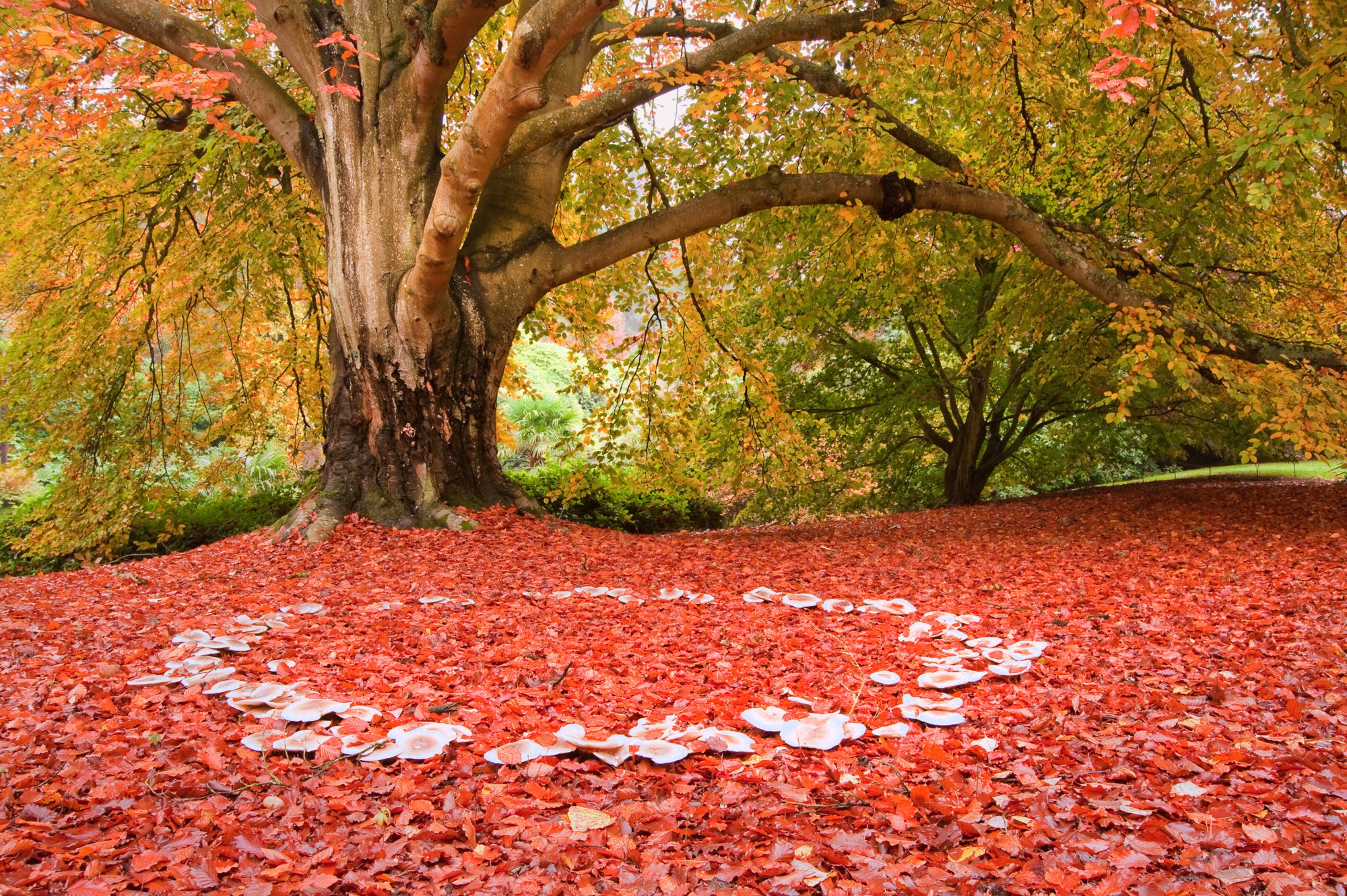Some of the world’s most poisonous mushrooms can be spotted in the UK from the end of summer onwards – here’s what to look out for on your next autumnal walk
There is no denying that mushrooms are a thing of beauty – but even some of the UK’s most eye-catching fungi are extremely poisonous and can result in kidney failure and death.
Here’s a summary of 7 of the most poisonous mushrooms in the UK.
1. Deadly webcap (Cortinarius rubellus)
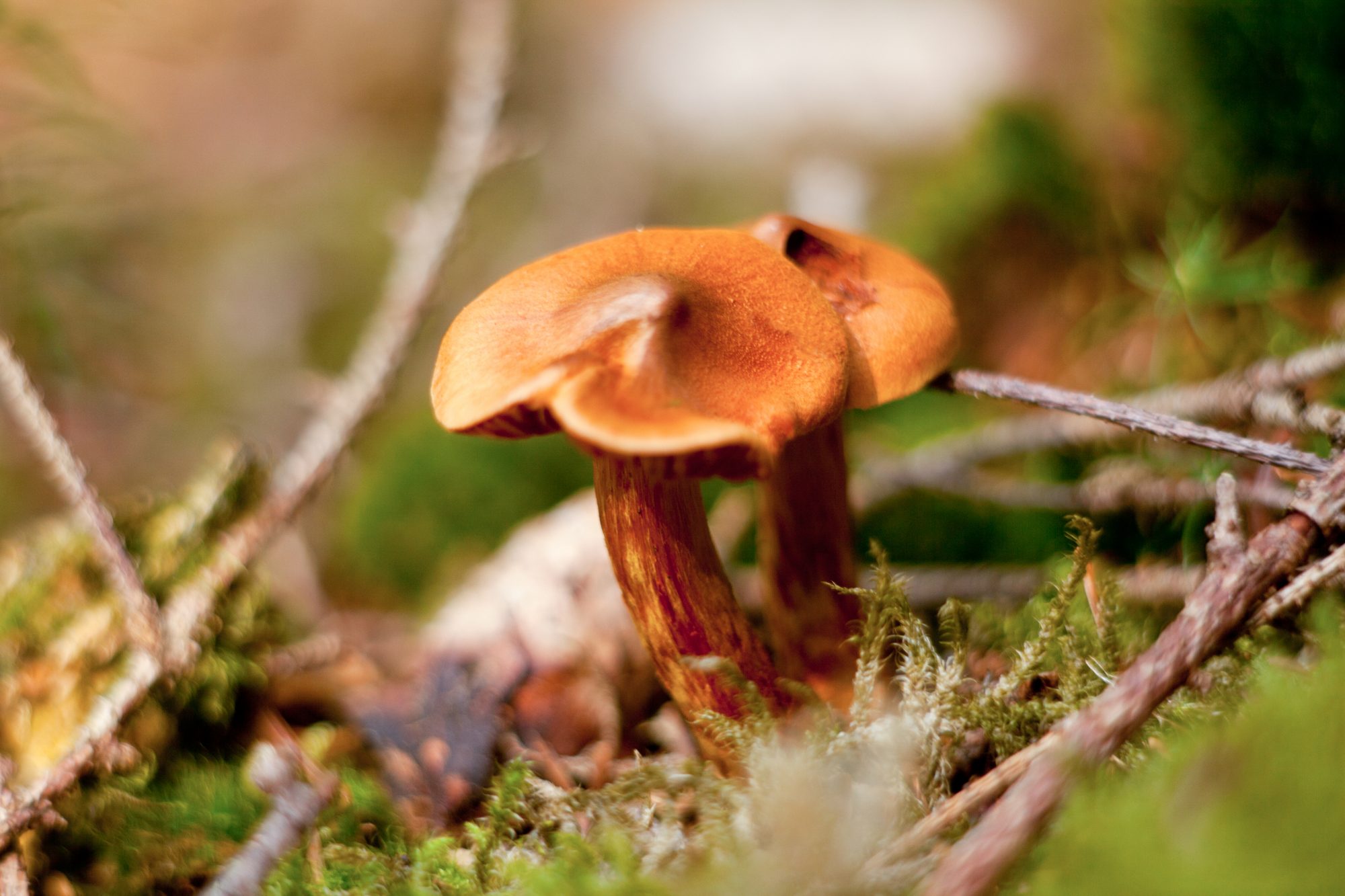
Though rare in the UK, deadly webcap is – as the name suggests – a deadly poisonous fungus.
In Europe, it has been responsible for several deaths
In Europe, it has been responsible for several deaths. Often individuals have consumed the mushroom because they have mistaken it for chanterelle (Cantharellus cibarius) and magic mushroom (Psilocybe species).
Where: Normally found in coniferous pine and spruce woods, it grows on the ground and is often among heather and bilberry.
When: The mushroom can be spotted from August through to November.
Symptoms: The webcap mushroom contains a long-lasting poison called orellanine. Two to three days after ingestion, the individual will begin to experience the initial effects. These include:
- Flu-like symptoms
- Headache
- Vomiting
- Kidney failure
- Possible death
You’ll also get the same symptoms from its relative the fool’s webcap (Cortinarius orellanus).
2. Death cap (Amanita phalloides)
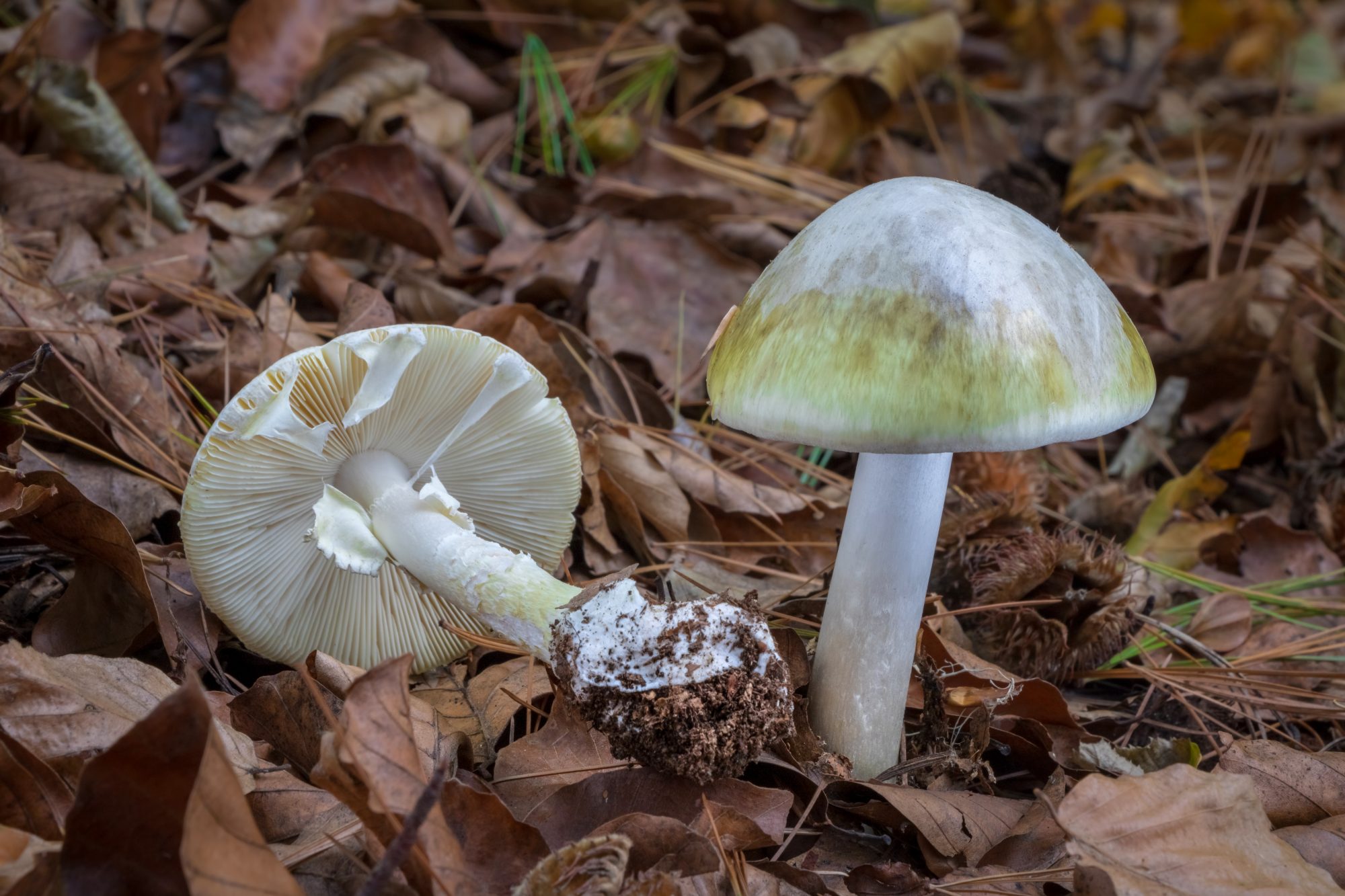
The death cap is the most poisonous mushroom known and it’s common in England. It’s responsible for most fatal mushroom poisonings worldwide.
Where: Found on the ground amongst broadleaved woods.
When: August to November.
Symptoms: Initial symptoms include vomiting, diarrhoea and severe abdominal pain from 6 to 24 hours after ingestion. This poisonous mushroom can also lead to kidney and liver failure and most shockingly, ingesting just half a cap can lead to death.
3. Destroying angel (Amanita virosa)
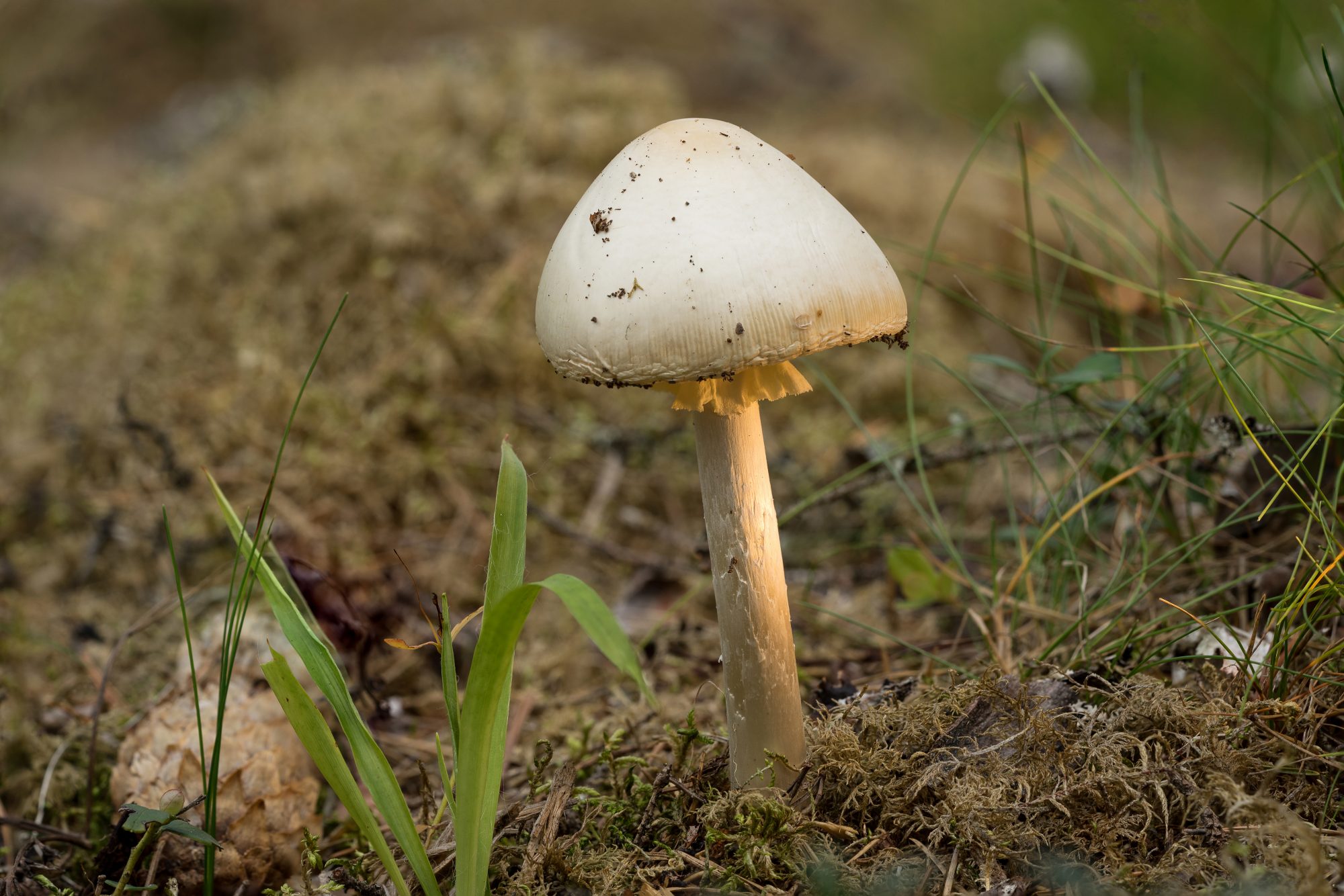
Its dramatic name is suitable for this pure white, deadly mushroom because just one piece of destroying angel in a soup made from otherwise edible species is enough to kill everyone who eats the soup.
Where: Found on the ground amongst broadleaved and mixed woodland, especially birch woodland.
When: Spot this deadly mushroom from July through to November.
Symptoms: The destroying angel contains deadly amatoxin poisons which take effect 8 to 24 hours after ingestion. Symptoms include vomiting, diarrhoea, and severe stomach pains. There may be a deceiving period of improvement before the second effects of liver and kidney poisoning occur.
4. Funeral bell (Galerina marginata)
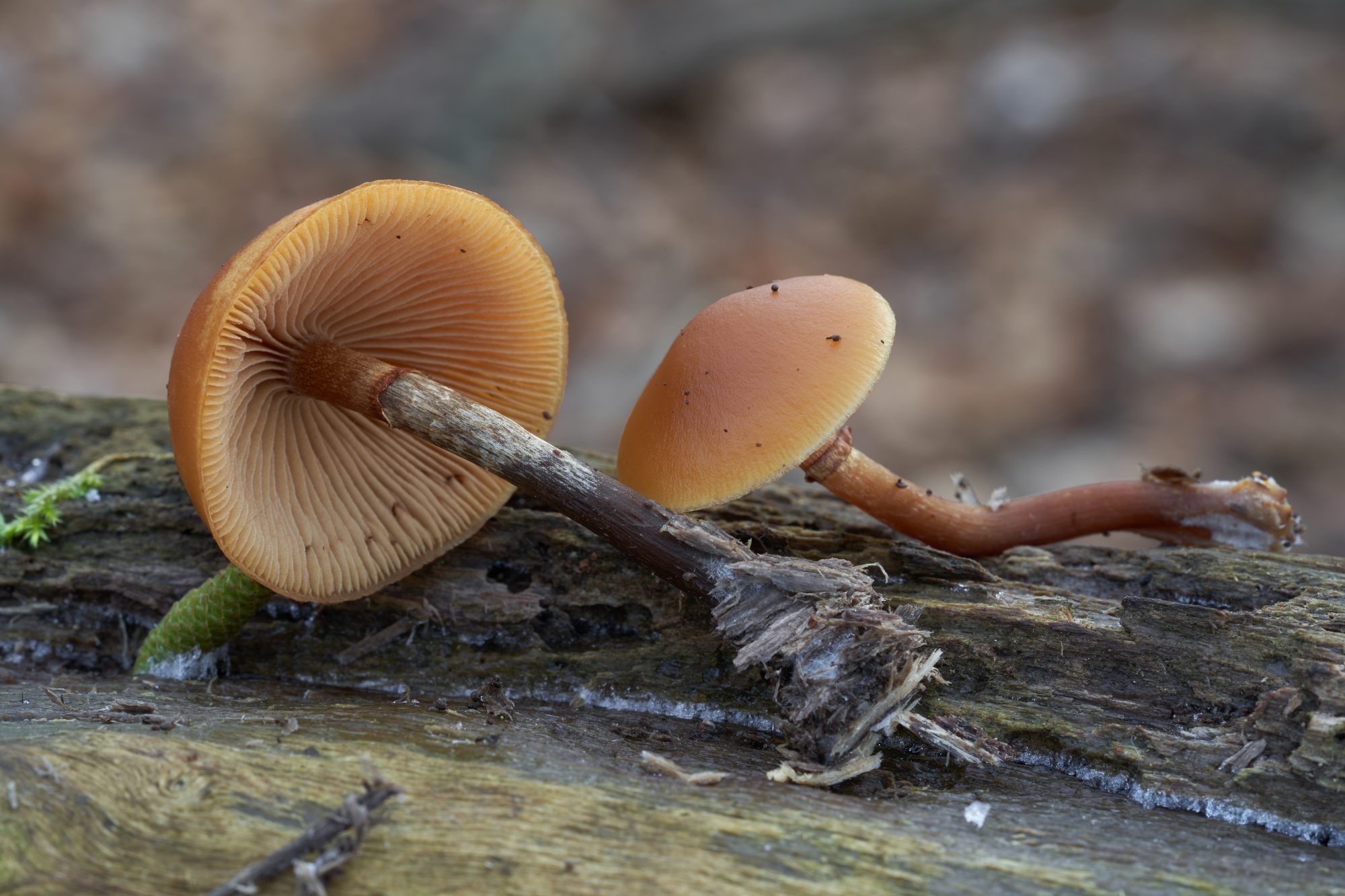
A small, inconspicuous but deadly mushroom. Thankfully, the species is not particularly common in Britain. Funeral bell sprouts from clusters on tree stumps and bark.
Where: Spot the shroom in mixed or coniferous woods. It normally grows on dead and decaying wood.
When: August to November.
Symptoms: Like the death cap, the funeral bell contains deadly poisonous amatoxins. The poison causes vomiting, liver damage and – worst case scenario – death.
5. Fool’s funnel (Clitocybe rivulosa)
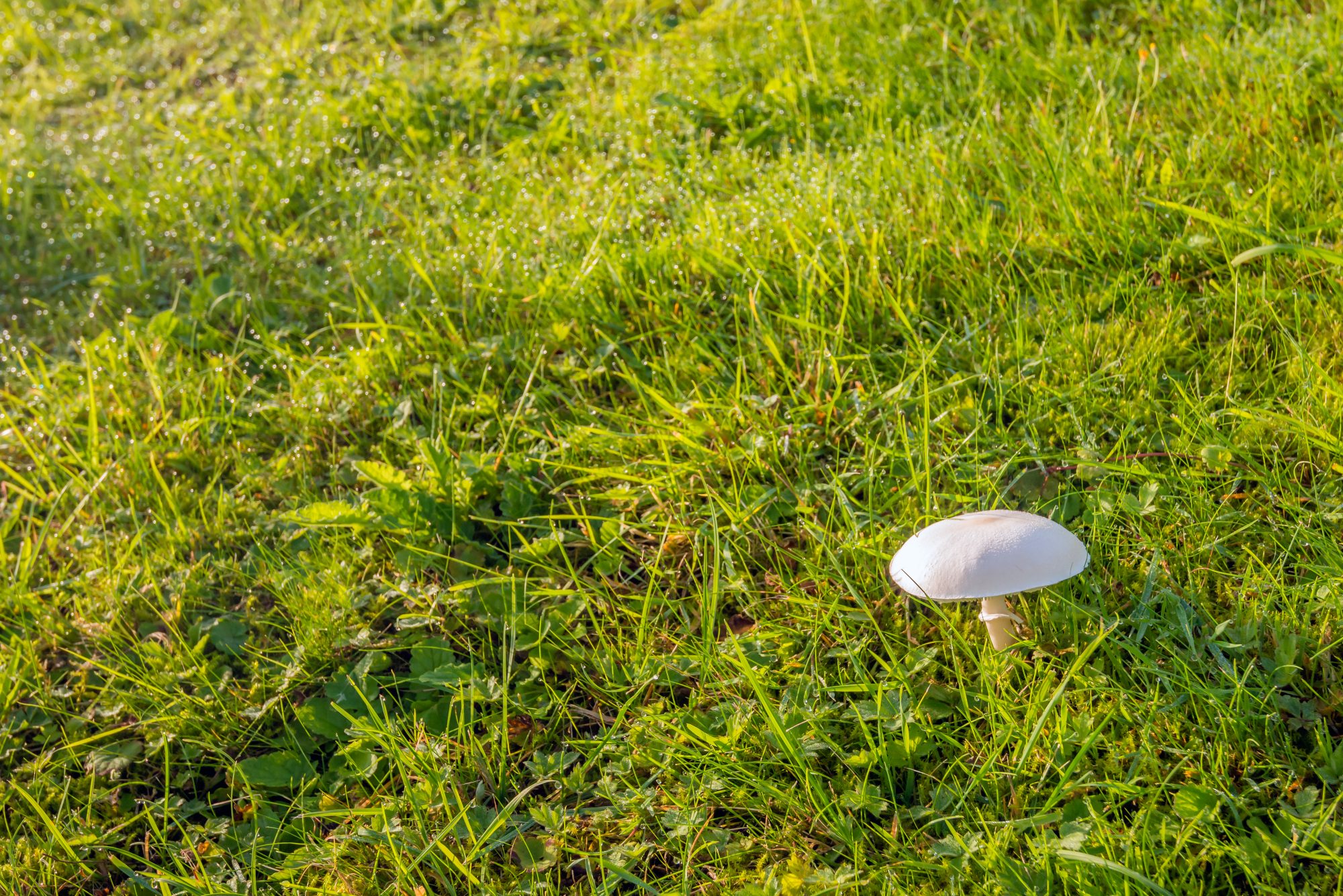
Fool’s funnel, sometimes referred to as the sweating mushroom, has potentially deadly effects that involve excessive sweating. It often grows alongside the edible Scotch bonnet (Marasmius oreades) so take care if you’re on an edible mushroom foray.
Where: Find fool’s funnel in lawns, meadows and other grassy areas.
When: July to early December.
Symptoms: This deadly shroom contains the toxin muscarine which has many effects on the body when ingested, including excessive salivation, sweating and tear production.
In large doses, symptoms can include:
- Abdominal pain
- Sickness
- Diarrhoea
- Blurred vision
- Laboured breathing
In severe cases it can cause death but in healthy people, it is rarely fatal.
6. Panther cap (Amanita pantherina)
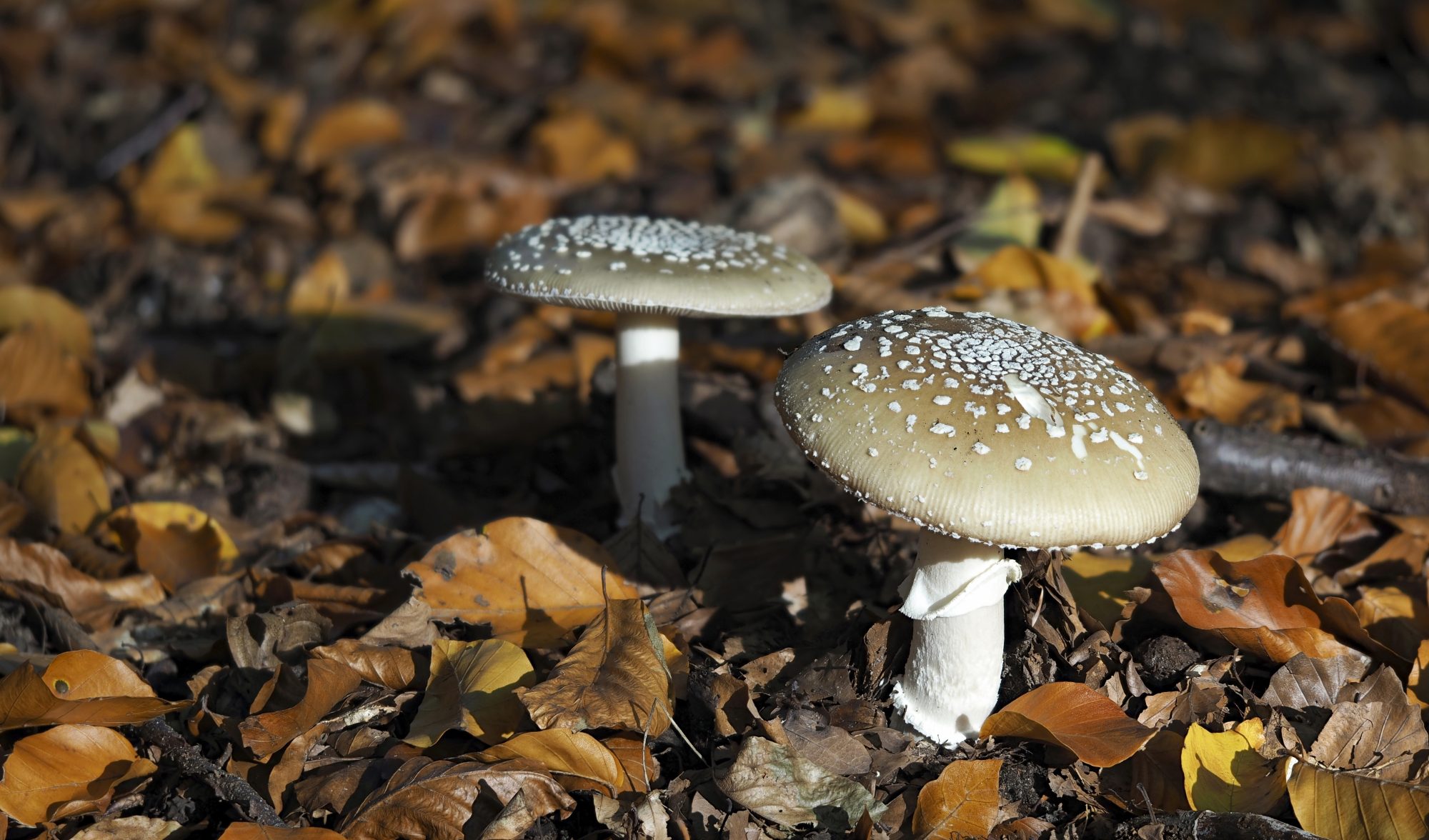
The panther cap is distinctive for its dark brown colour and white warts. It’s uncommon in the UK, unlike its less common sister to fly agaric.
It contains similar toxins to those in fly agaric (Amanita muscaria).
Where: Find the toxic mushroom in broadleaved woods, especially beech or oak.
When: July to November.
Symptoms: Intense sickness can occur after ingestion but the main effects are on the central nervous system. They include:
- Vivid hallucinations
- Confusion
- Visual distortion
- A feeling of greater strength
- Delusions
- Convulsions.
- It can be fatal in rare cases
7. Angel’s wings (Pleurocybella porrigens)
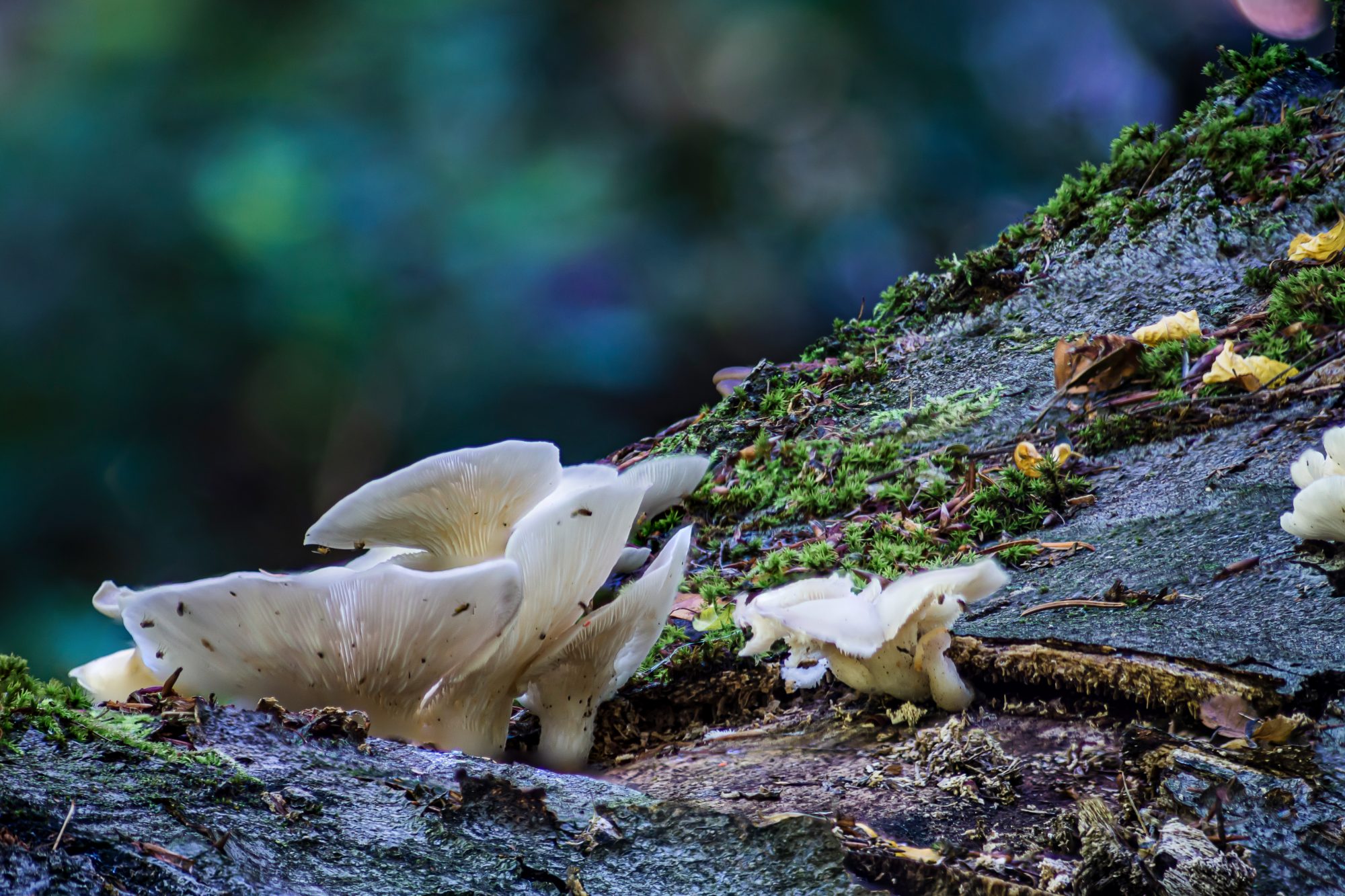
This distinctive pure white bracket-like fungus grows in clusters on decaying conifer wood. It’s quite common in the Scottish Highlands and in Cumbria but is rare elsewhere.
Where: In conifer woodlands, on decaying stumps and branches.
When: Autumn months.
Symptoms: There have been some recorded cases of poisoning after ingesting this species. Chemicals in the mushroom are toxic to the brain and can cause permanent brain injuries and even death.

